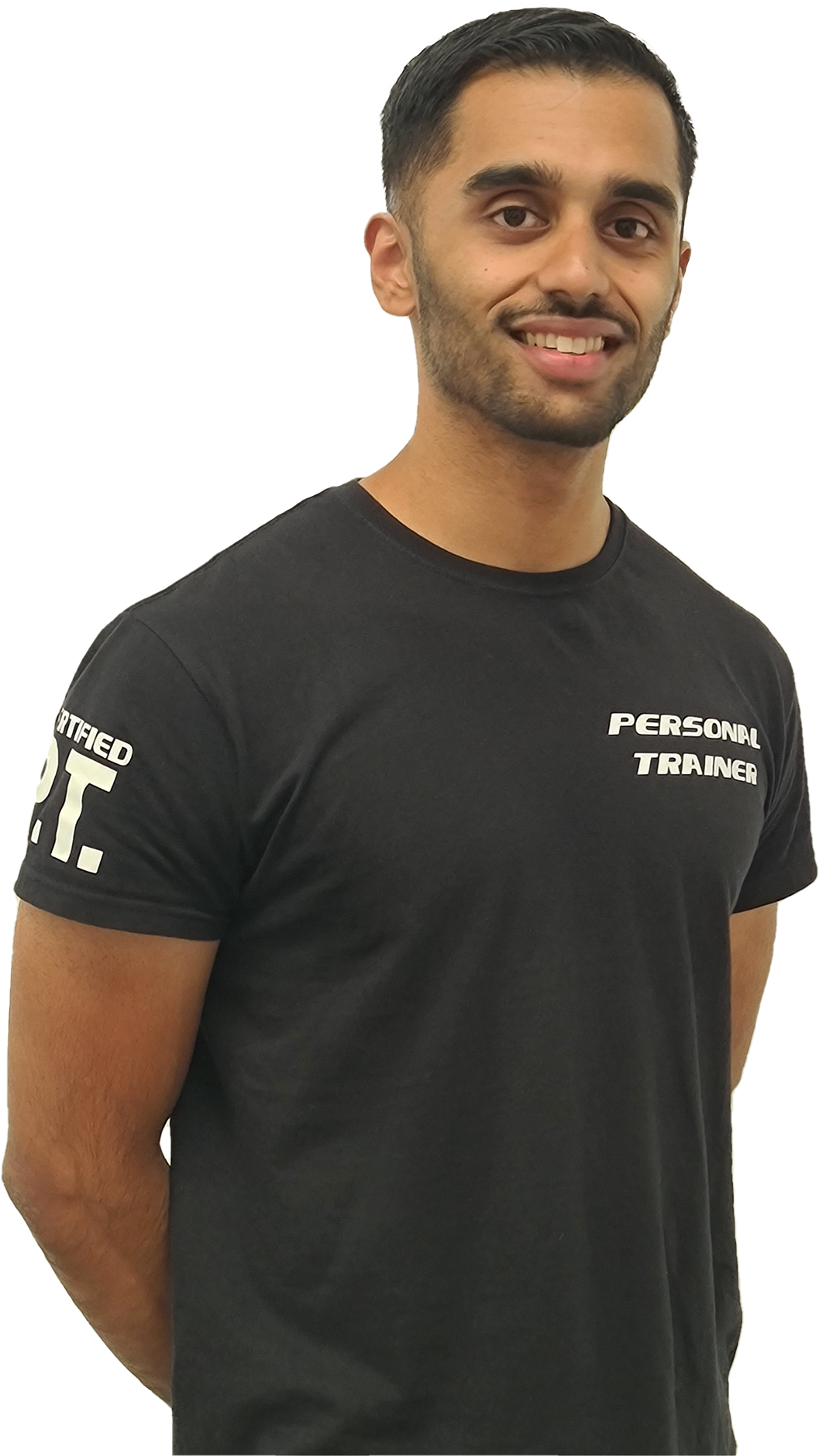
I could count on my hand how many times people come up to me and say "Jay, I have lower back pain" "Jay, how do I fix this?" on a daily basis. Its a highly misunderstood and complex structure in our body that is easy over-worked and injured with bad lifestyle habits and bad form.
There are a few types of lower back pain, the type you need surgery (slipped or herniated discs with excruciating pain) the type you need rest (deadlift or any other exercise injury) and the type which requires an exercise plan (weak core, easily overused). If you're smart, you'll tackle the issue you have appropriately. However, most of the time people train through the issue thinking they've got the regenerative abilities of Captain America.
In the long term, this has lead to dire consequences such as re-injury, limited movement and range of motion and decreased quality of life.
What Not To Do:
As mentioned prior, don't train through it. Don't get medical advice from tiktok or instagram reels, short-form content is made for clicks and views, information is not vetted and critiqued as it is on government, professional websites or pubmed articles. Speak to a physician or health professional instead.
Weak Core
Everyone believes they have a 'weak core' its like the new hippy thing to have in the gym these days, which is not surprised because most peoples training is very bodybuilding and physique-centric with little emphasis on long-term sustainability. In this article, we will focus on curing your back pain with exercise.
The lumbar spine makes a third of the core, the other two being the abdominal wall (along with the obliques, etc) and the gluteals, weaknesses in the latter two areas will severly compromise the lumbar spine. Here are three beginner-level exercise to mobilize and help with lumbar strength and stability.
Lumbar Rotation:
The lumbar rotation exercise is designed to improve the flexibility and mobility of the lower back. It can help release tension in the muscles and promote a healthier range of motion. Here's how to perform it:
- Lie on your back with your knees bent and feet flat on the floor.
- Keep your shoulders relaxed and flat on the ground.
- Gently rotate your knees to one side while keeping your upper body and shoulders in contact with the floor.
- Hold the stretch for a few seconds, feeling the gentle twist in your lower back.
- Return your knees to the starting position.
- Repeat the rotation to the other side.
- Perform 8 to 10 repetitions on each side.
Pelvic Tilt:
The pelvic tilt exercise is excellent for strengthening the abdominal muscles and promoting better pelvic and spinal alignment. It can help reduce lower back strain and improve core stability. Here's how to do it:
- Lie on your back with your knees bent and feet flat on the floor, hip-width apart.
- Find your neutral spine position by gently arching and flattening your lower back until you feel balanced.
- Tighten your abdominal muscles and gently tilt your pelvis backward to flatten your lower back against the floor.
- Hold the position for a few seconds while maintaining a steady breath.
- Release the tilt and return to your neutral spine position.
- Repeat the pelvic tilt for 10 to 15 repetitions.
Cat-Cow Exercise:
The cat-cow exercise is a yoga-inspired stretch that helps improve the flexibility and mobility of the entire spine. It can alleviate lower back stiffness and promote relaxation. Here's how to perform it:
- Start on your hands and knees in a tabletop position, with your wrists directly under your shoulders and knees under your hips.
- Inhale as you arch your back, lifting your head and tailbone toward the ceiling (Cow Pose).
- Exhale as you round your back, tucking your chin and tailbone while drawing your belly button toward your spine (Cat Pose).
- Continue smoothly flowing between the two positions, moving with your breath.
- Perform the cat-cow stretch for 10 to 15 repetitions.
These exercises are generally safe for most people, but it's essential to listen to your body and avoid any movements that cause pain or discomfort. If you have a history of back issues or chronic pain, it's advisable to consult with a healthcare professional or a qualified physical therapist before starting any new exercise routine.

Start Today!
Ready to transform your fitness journey? Take the first step towards achieving your goals with personal training!
My take on Health and Fitness



